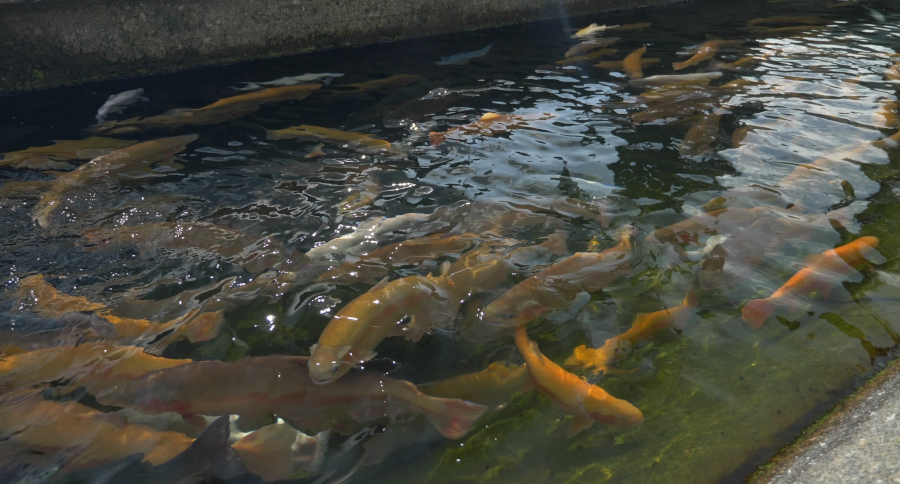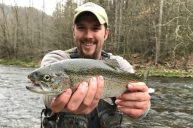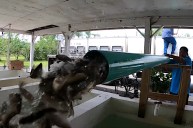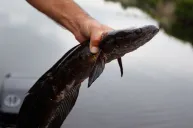Three fish hatcheries must euthanize their fish stocks.
We just cannot get a break in 2020 it seems. Things have taken a turn for the worst in a bacterial outbreak at three California fish hatcheries and a staggering 3.2 million fish will have to be euthanized as a result. This announcement comes just weeks after the California Department of Fish and Wildlife (CDFW) reported a halt to fish stocking efforts from the affected facilities.
In a new release on their website, the CDFW says that treatment options have failed to stop the spread of the bacteria Lactococcus garvieae, which causes lethargic behavior, bloated eyes and erratic swimming in fish. It is also often fatal.
Officials attempted to treat the fish by giving them antibiotics and immune-stimulating feed. However, these efforts failed to yield results according to CDFC hatchery environmental program manager Jay Rowan.
"Euthanizing our hatchery stocks was not a decision we came to lightly, but it had to be done," Rowan said in a CDFW press release. "This bacterium is resistant to all the treatment options we have available for fish. The fish losses were getting worse despite our treatments. The best option we have available that will get us back to planting fish from these hatcheries in the shortest timeline is to clear the raceways, thoroughly disinfect the facilities and start over."
The good news is that the bacteria is unlikely to transmit to humans. The bad news is that the CDFW has a lot of work ahead to rebuild from this outbreak. The affected hatcheries are Fish Springs, Black Rock and Mojave River. Authorities had initially worried about Hot Springs Hatchery too because of its proximity to the other facilities. Fortunately, that one dodged a bullet and tested negative for the bacteria. The CDFW says stocking operations in Inyo and Mono counties will continue from that facility.
Unfortunately, the three other facilities will be forced to halt stocking operations for the time being. However, authorities are working on a solution. They say that some fish stocks may be reallocated from facilities in the north and central part of the state to more highly fished waters in the southern and eastern parts of the state.
For more information on the CDFW's fish stocking schedule, see the organization's webpage with fish stocking dates and locations.
For more outdoor content from Travis Smola, be sure to follow him on Twitter and check out his Geocaching and Outdoors with Travis YouTube channels.
NEXT: THE AXIS DEER AND HOW THEY'RE IMPACTING PARTS OF THE UNITED STATES
WATCH





